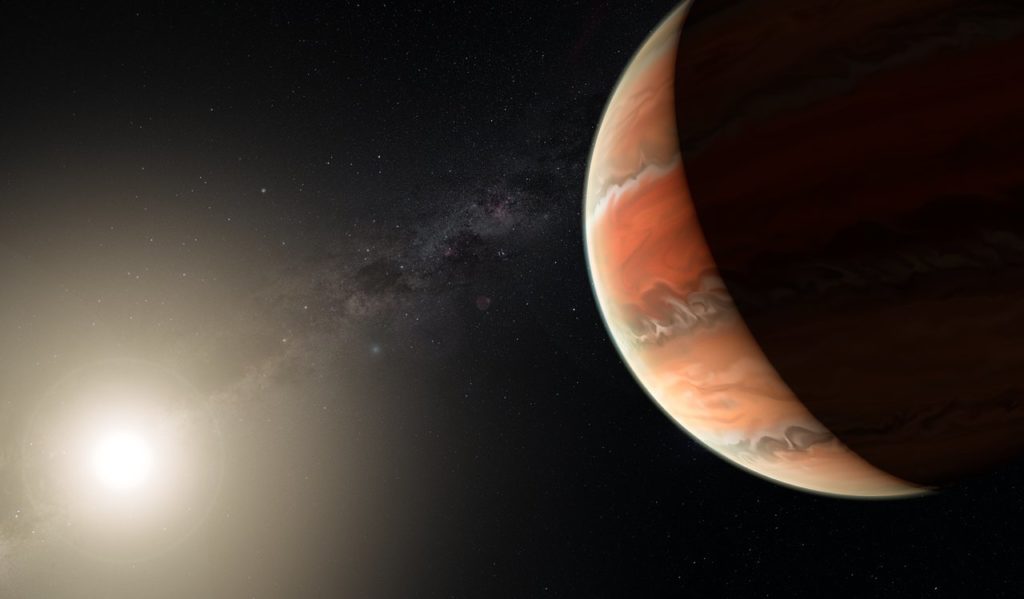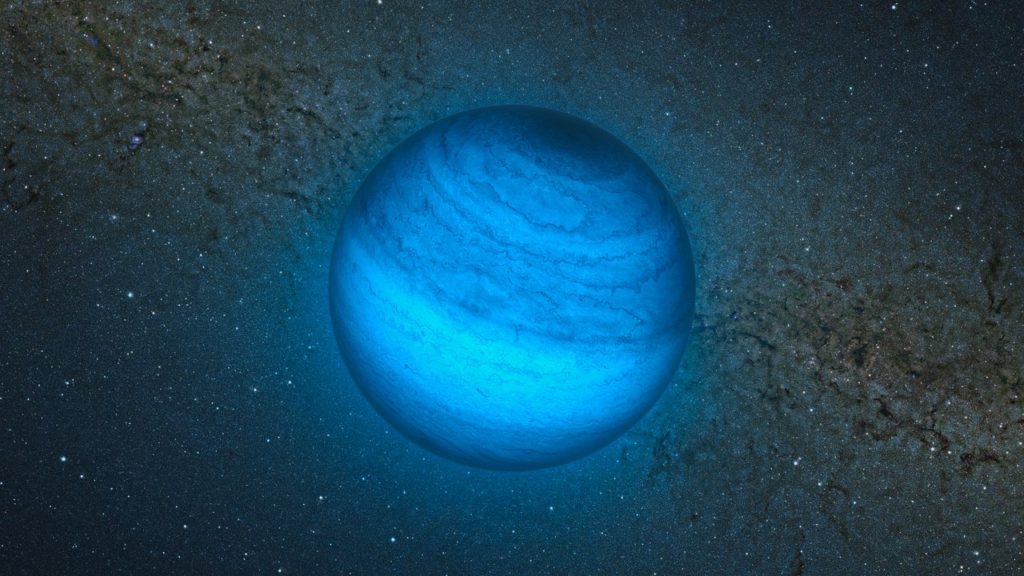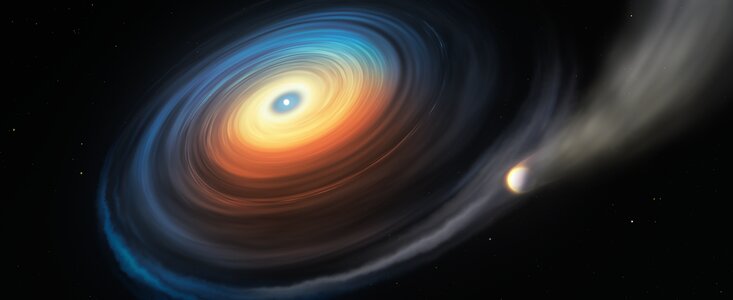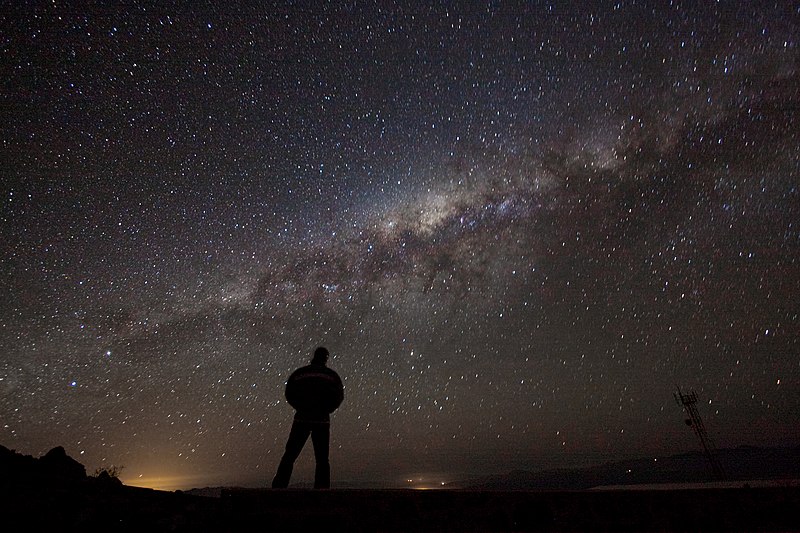Until now astronomers have found about four thousand confirmed planets outside our Solar System. Of these, Earth-like exoplanets often make headlines. Such as Proxima B the closest rocky planet to our Solar System. This Earth-like exoplanet was found with the HARPS instrument on ESO’s 3.6-meter telescope at La Silla Observatory. But ESO telescopes have helped find plenty of other exciting worlds some so exotic you would not dare to compare them with Earth. Meet the Stranger Exoplanets.
What are the strangest exoplanets ever found or studied with ESO telescopes? Watch this ESOcast to find out.
WASP-19b Stranger Exoplanets
Let’s start with WASP-19b or as we like to call it, the inferno world with titanium skies. This hot Jupiter-sized planet has an atmosphere with a rather strange chemical composition. It was the first exoplanet where astronomers detected titanium oxide thanks to ESO’s Very Large Telescope and its FORS2 instrument.

ESO/M. Kornmesser
This element acts as a heat-absorber in the atmosphere of an inferno world. It can prevent heat from entering or escaping through the atmosphere leading to a thermal inversion. So on WASP-19b, the temperature could be higher in the upper atmosphere and lower further down, unlike what we see on our Solar System planets.
‘Lonely Planet’ Stranger Exoplanets
We move on from this upside-down world to present you the Lonely Planet. A few years ago ESO telescopes and their instruments helped identify an object that could be a planet without any ties to a star.

A free-floating world that rather than move around a star roams rogue through space. It could be that these planets have formed like other worlds around a parent star, but then have been kicked out of their home system. So our Lonely Planet may well be an orphaned world.
Yet Stranger Exoplanets ‘Evaporating Exoplanet’
Our next strange exoplanet is not orphaned at all. In fact it hung on to its parent star through thick and thin. The Evaporating Exoplanet is the first giant planet ever found to be orbiting a white dwarf, the remnant of a Sun-like star.

Astronomers think that this exoplanet survived the transition of its parent solar-type star to a red giant and then to a white dwarf. But that’s not all that is strange about this planet. Observations with ESO’s X-shooter on the VLT have hinted that this giant exoplanet is evaporating. It orbits the hot white dwarf at close range and the extreme ultraviolet radiation from the star strips away part of the planet’s atmosphere forming a disc around the white dwarf.
The Strangest Exoplanet WASP-76b
Our final alien world is even stranger WASP-76b an ultra hot giant exoplanet with a twist. This planet orbits very close to its parent star receiving thousands of times more radiation from it than the Earth does from the Sun. It is also tidally locked, meaning it has a day side that always faces the star and a much cooler night side.

The temperature difference on the planet is extreme. On the day side it is above 2400 degrees Celsius and everything including metals is vaporized. This is where things get really weird. Using the ESPRESSO instrument on the VLT, astronomers found that iron vapor from the ultra hot day side is carried to the cooler night side. There it condenses into iron droplets. In other words, this extreme exoplanet has a day side where metals evaporate and a night side where it rains iron.
Stranger Exoplanets conclusions
Will we find even stranger worlds? Well nobody knows. But astronomers keep on hunting for exoplanets. Stay tuned for future discoveries with ESO telescopes.
Credit: The Stranger Exoplanets Transcribed and produced by ESO
Directed by: Herbert Zodet and Bárbara Ferreira.
Editing: Herbert Zodet.
Web and technical support: Gurvan Bazin and Raquel Yumi Shida.
Written by: Bárbara Ferreira and Herbert Zodet.
Music: zero-project (zero-project.gr) — Into the darkness and STAN DART (www.stan-dart.com) – Supernova.
Footage and photos: ESO, M. Kornmesser, L. Calçada, Alexandre Santerne, B. Tafreshi (twanight.org), C. Malin (christophmalin.com), Gianluca Lombardi (glphoto.it), ESA/Hubble, L. L. Christensen, Space Engine (spaceengine.org), M. Zamani (mahdizamani.com), P. Delorme/Nick Risinger (skysurvey.org)/R. Saito/VVV Consortium.
Scientific consultants: Paola Amico and Mariya Lyubenova.


